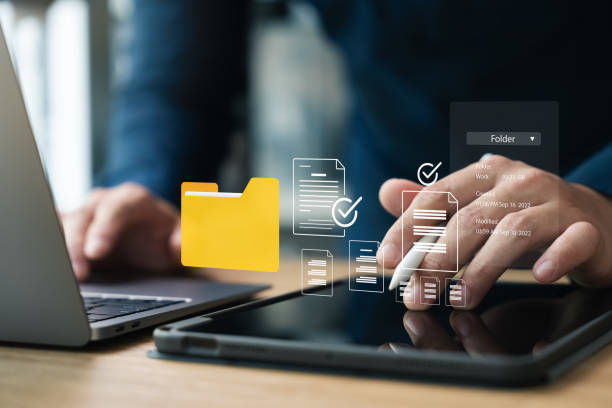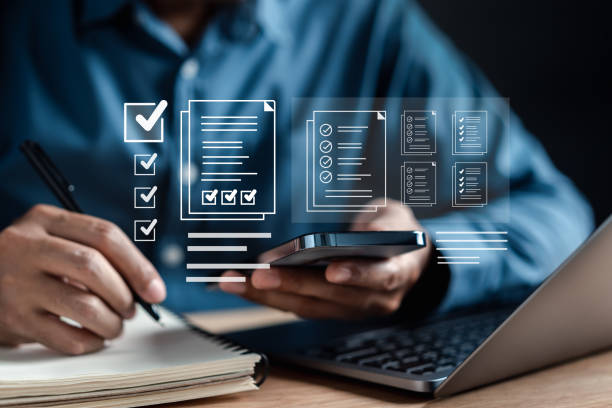What is On-Page SEO and Why is it Important?
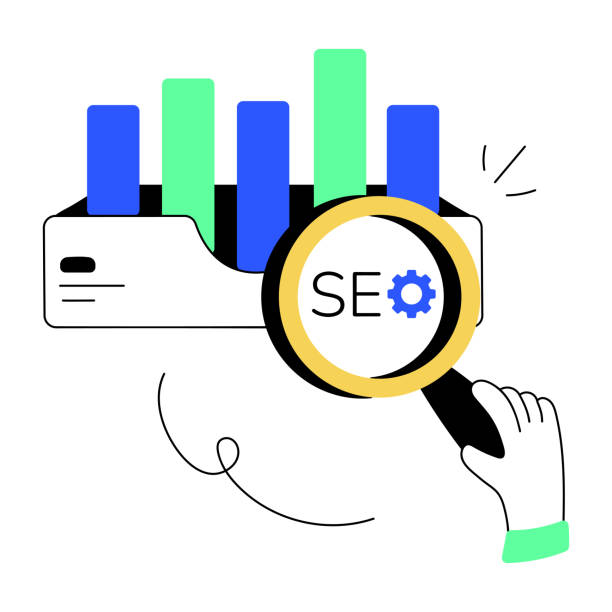
On-Page SEO refers to a set of actions taken within a website to improve its ranking in Google search results.
These actions include optimizing content, site structure, HTML tags, and other internal elements of the site.
The importance of On-Page SEO lies in helping search engines better understand the content of the site and showing it to more relevant users.
Without a strong On-Page SEO strategy, other SEO efforts may not achieve the desired results.
In fact, On-Page SEO is the foundation of an optimized site.
On-Page SEO is an important strategy in website optimization that can be used to increase the site’s ranking in search engines and attract more traffic.
#Content optimization is the most important part of On-Page SEO and should be done carefully.
High-quality content that is relevant to the desired keywords will attract more users and increase engagement rates.
Also, using Heading Tags correctly helps search engines better understand the structure of the content.
Another important factor in On-Page SEO is improving the site structure.
A logical and organized structure helps users and search engines easily navigate the site and access the information they need.
The use of internal links also plays an important role in improving the site structure.
Finally, On-Page SEO is an ongoing process that requires review and updates.
Do you dream of a thriving online store but don’t know where to start?
Rasaweb is your comprehensive e-commerce website design solution.
✅ Attractive and user-friendly design
✅ Increased sales and revenue⚡ Get free consultation
Keyword Research and Choosing the Best Ones for On-Page SEO
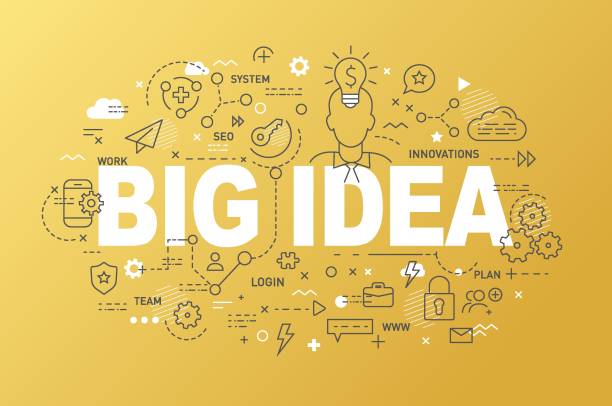
Keyword research is one of the most important steps in On-Page SEO.
Choosing the right keywords helps you optimize your content for user searches and improve your site’s ranking in search results.
To perform keyword research, you must first identify keywords related to your business.
Then, using keyword research tools such as Ahrefs, Moz, and Ubersuggest, check the search volume for each keyword and the amount of competition.
Choosing keywords with high search volume and low competition can help you quickly improve your site’s ranking.
You should also pay attention to Long-Tail Keywords.
These keywords usually have lower search volume, but there is also less competition, and they can attract more targeted traffic to your site. After selecting keywords, you should strategically use them in your content.
Proper use of keywords in the page title, meta descriptions, heading tags, and body content helps search engines better understand the topic of the page and show it to more relevant users.
Optimized On-Page SEO with carefully selected keywords has a significant impact on improving site ranking.
Content Optimization for On-Page SEO – A Practical Guide
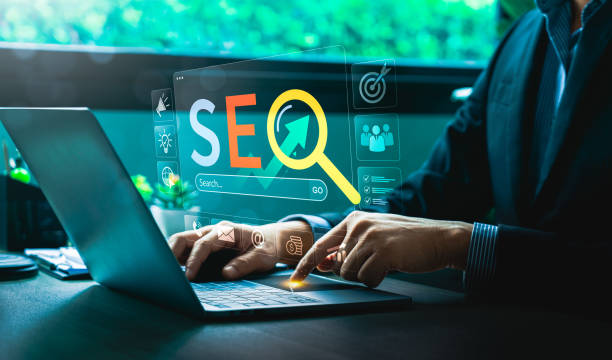
Content optimization for On-Page SEO involves several steps.
First, you need to make sure that your content is high-quality, relevant, and valuable to users.
Low-quality and duplicate content not only damages your site’s SEO but also reduces user engagement rates.
To optimize content, you should use your keywords naturally and in the right place in the text.
Excessive use of keywords (Keyword Stuffing) can lead to your site being penalized by search engines.
You should also use heading tags (H1, H2, H3) correctly.
The H1 tag should be the main title of the page, and the H2 and H3 tags should be used for subheadings.
Using heading tags helps search engines better understand the structure of the content.
In addition, you should pay attention to the length of your content.
Long and comprehensive content usually ranks better in search results.
However, you should make sure that your content is not boring or repetitive.
Finally, you should also optimize your images and videos.
Using Alt Text for images helps search engines understand the content of the images.
Also, you should reduce the size of the images to increase the page loading speed.
On-Page SEO and content optimization are two inseparable parts of a successful SEO strategy.
| Element | Description |
|---|---|
| Page Title | Use the main keyword |
| Meta Description | Attractive summary of the content |
| Heading Tags | Proper content structuring |
| Images | Suitable Alt Text |
| Factor | Importance |
|---|---|
| Content Quality | Very High |
| Content Relevance | High |
| Content Length | Medium |
| Loading Speed | High |
Optimizing Heading Tags for On-Page SEO

Heading Tags play an important role in On-Page SEO.
These tags help search engines better understand the structure of the content and identify the main topics of the page.
The H1 tag should be the main title of the page and should only be used once per page.
H2 to H6 tags are used for subheadings and different sections of the content.
Proper use of heading tags also helps users easily navigate the page and access the information they need.
To optimize heading tags, you should use your keywords naturally and in the right place in them.
However, you should not use keywords unnaturally and excessively.
Also, you should make sure that your heading tags are relevant to the content below them.
Using unrelated heading tags can damage your site’s SEO.
In general, optimizing heading tags is a simple and effective way to improve SEO internally.
On-Page SEO requires attention to detail, and heading tags are one of these important details.
Did you know that customers’ first impression of your company is your website? Multiply the credibility of your business with a powerful corporate website from Rasaweb!
✅ Exclusive and eye-catching design tailored to your brand
✅ Improving user experience and increasing customer attraction
⚡ Get a free consultation!
Image Optimization for On-Page SEO – Practical Solutions
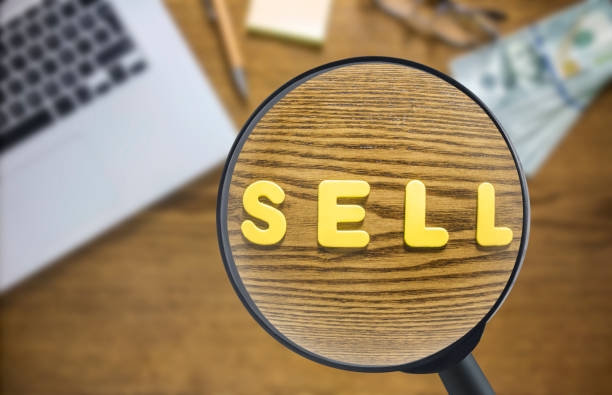
Image optimization for On-Page SEO involves several steps.
First, you should save your images in the appropriate format.
JPEG and PNG formats are usually the best options for web images.
JPEG format is suitable for images with many colors, and PNG format is suitable for images with few colors and transparency.
Also, you should reduce the size of your images to increase page loading speed.
Using image compression tools can help you reduce the size of your images without losing quality.
In addition, you should use Alt Text for your images.
Alt Text helps search engines understand the content of the images and show them to more relevant users.
Alt Text should be descriptive, relevant, and include keywords.
However, you should not use keywords unnaturally and excessively.
Also, you should optimize the file names of your images.
Using a descriptive file name that is relevant to the content of the image helps search engines better understand the image.
Finally, image optimization is an effective way to improve SEO internally and the user experience.
On-Page SEO and image optimization play an important role in improving website performance.
URL Optimization for On-Page SEO – Principles and Guide
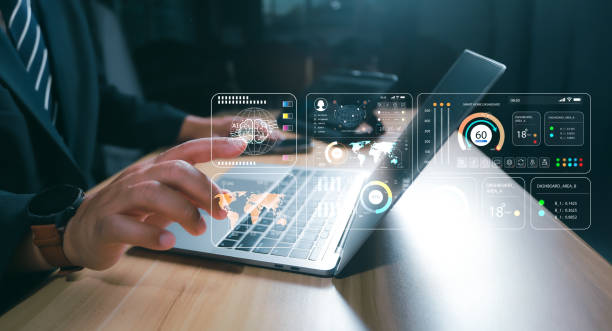
Optimizing URLs (page addresses) for On-Page SEO is very important.
An optimized URL helps search engines better understand the topic of the page and show it to more relevant users.
URLs should be short, descriptive, and include keywords.
Avoid using capital letters, special characters, and long numbers in URLs.
Also, you should use a hyphen (-) instead of an underscore (_) to separate words in the URL.
URLs should reflect the structure of your site.
A logical and organized URL structure helps users and search engines easily navigate the site and access the information they need.
Also, you should avoid changing URLs.
Changing URLs can lead to losing the page’s ranking in search results.
If you have to change the URL of a page, you should use a 301 redirect to transfer users and search engines to the new URL.
In general, optimizing URLs is a simple and effective way to improve SEO internally.
On-Page SEO with URL optimization increases site traffic.
On-Page SEO is very important in this area
Internal Linking – An Effective Strategy in On-Page SEO

Internal linking is one of the most important strategies in On-Page SEO.
Internal links are links that point from one page on your site to another page on the same site.
Internal linking helps search engines better understand the structure of your site and determine the value of different pages of the site.
Also, internal linking helps users easily navigate your site and access the information they need.
To do internal linking, you should look for opportunities to link to relevant pages on your site.
When writing content, think about other pages on your site that may provide additional or relevant information.
Use relevant and descriptive text (Anchor Text) to link to other pages.
Anchor Text should be placed naturally in the text and be relevant to the content of the destination page.
Excessive use of keywords in Anchor Text can lead to your site being penalized by search engines.
| Link Type | Description |
|---|---|
| Link to the Home Page | Create easy access to the home page |
| Link to Categories | Improve site structure |
| Link to Related Articles | Increase user dwell time |
| Link to Products | Increase sales |
Also, you should pay attention to the number of internal links on each page.
A large number of internal links can reduce the value of each link.
In general, internal linking is an effective strategy for improving On-Page SEO and user experience.
On-Page SEO with optimized linking improves site ranking.
Site Loading Speed and its Impact on On-Page SEO
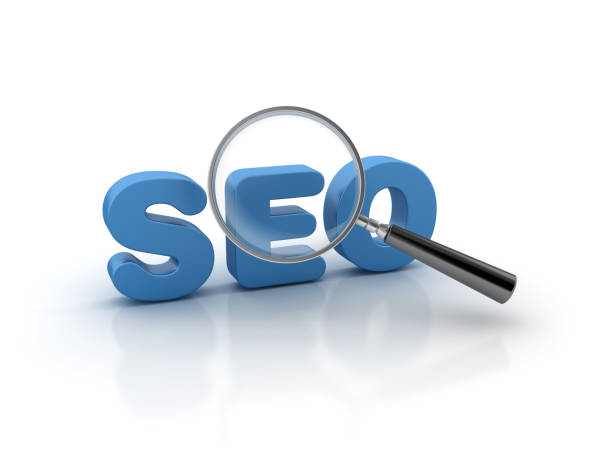
Site loading speed is one of the important factors in On-Page SEO.
A site with a high loading speed provides a better user experience and increases user engagement rates.
Also, search engines give a better ranking to sites that have a high loading speed.
To improve your site’s loading speed, you can take several steps.
First, you should reduce the size of your images.
Using image compression tools can help you reduce the size of your images without losing quality.
Also, you should use an optimized Content Management System (CMS).
Different CMSs have different performance in terms of loading speed.
You should choose a CMS that is optimized and has a high loading speed.
In addition, you should use quality hosting.
Quality hosting provides sufficient resources for your site and increases the site’s loading speed.
Also, you should use Cache.
Cache helps browsers store your site’s files locally and load your site faster on subsequent visits.
In general, improving site loading speed is an effective way to improve SEO internally and the user experience.
On-Page SEO with high loading speed keeps the user satisfied.
Check Google PageSpeed Insights.
Do you dream of a thriving online store but don’t know where to start?
Rasaweb is your comprehensive e-commerce website design solution.
✅ Attractive and user-friendly design
✅ Increased sales and revenue⚡ Get free consultation
Mobile Optimization for On-Page SEO – A Necessity
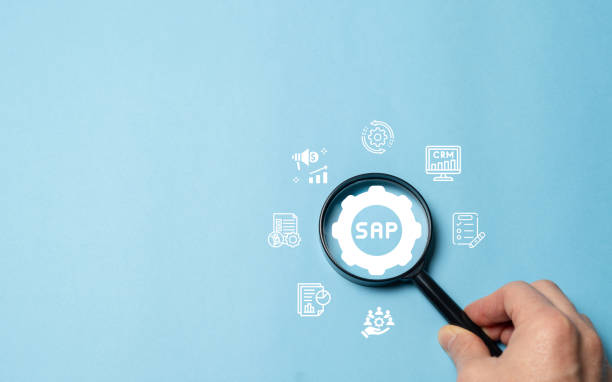
Given the increasing use of mobile phones, mobile optimization for On-Page SEO is a necessity.
A mobile-optimized site provides a better user experience for mobile phone users and increases user engagement rates.
Also, search engines give a better ranking to sites that are optimized for mobile.
To optimize for mobile, you should use Responsive Design.
Responsive design allows your site to automatically adapt to the screen size of different devices.
Also, you should improve your site’s loading speed on mobile phones.
Mobile phone users usually have slower internet speeds, so you should make sure that your site loads quickly on mobile phones.
In addition, you should use readable fonts and large buttons.
Mobile phone users usually use touch screens, so you should make sure that your site’s buttons are large enough to be easily touched.
Also, you should avoid intrusive ads and pop-ups.
Intrusive ads and pop-ups can ruin the user experience on mobile phones.
In general, mobile optimization is an effective way to improve On-Page SEO and user experience.
On-Page SEO with mobile-friendliness affects the site ranking.
Mobile-Friendly Test try from Google.
On-Page SEO with the optimization of the mobile version of the site can attract more audiences.
Continuous Review and Evaluation of On-Page SEO – The Key to Success
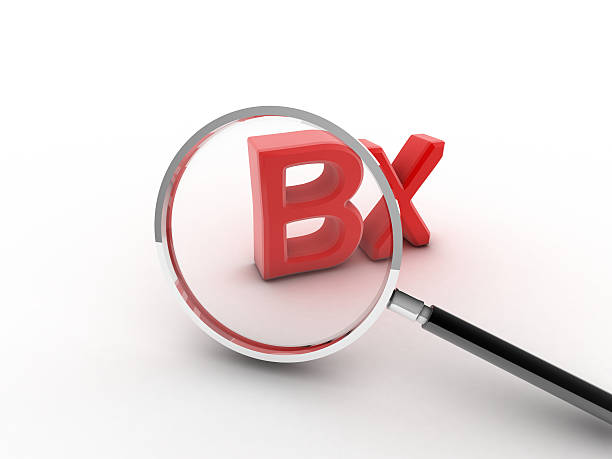
Continuous review and evaluation of On-Page SEO is an essential process to maintain and improve your site’s ranking in search results.
By continuous review and evaluation, you can identify the strengths and weaknesses of your On-Page SEO strategy and make the necessary changes to improve your site’s performance.
To review and evaluate On-Page SEO, you can use various tools such as Google Analytics and Google Search Console.
Using Google Analytics, you can check your site traffic, Bounce Rate, Session Duration, and other important metrics.
Using Google Search Console, you can check your site errors, the keywords that users use to reach your site, and other useful information.
After collecting information, you should analyze it and look for specific patterns and trends.
For example, if you notice that the bounce rate on a particular page is very high, you should improve the content of that page or increase its loading speed.
In general, continuous review and evaluation of On-Page SEO is an ongoing process that requires patience.
On-Page SEO and its continuous evaluation guarantee the success of the site.
On-Page SEO helps you prevent potential problems by continuously reviewing the site.
Frequently Asked Questions
| Number | Question | Answer |
|---|---|---|
| 1 | What is On-Page SEO? | On-Page SEO refers to a set of actions that are performed within a website and to optimize its pages in order to achieve a better ranking in search results. |
| 2 | What is the most important factor in On-Page SEO? | High-quality, relevant, and comprehensive content that meets the user’s needs is the most important factor in On-Page SEO. |
| 3 | What role does the Title Tag play in On-Page SEO? | The title tag is one of the most important factors that tells search engines and users what the page content is about. It should include the main keyword and be attractive. |
| 4 | How important is the Meta Description tag? | Although it does not directly affect the ranking, it is very effective on the click-through rate (CTR) in search results and encourages users to visit the page. |
| 5 | How is image optimization done in On-Page SEO? | By using a suitable alt tag, compressing the image size to increase the loading speed, and naming the image file meaningfully. |
| 6 | What is the importance of using headings (H1, H2, H3) in On-Page SEO? | Headings help structure the content, increase readability, and help search engines understand the hierarchy and subtopics of the content. |
| 7 | What does internal linking mean and what are its benefits? | Internal linking means creating links between different pages of a website. This helps to distribute authority, improve user navigation, and help search engine crawling. |
| 8 | Where should the main keyword (Focus Keyword) be placed on the page? | The main keyword should be in the title tag, meta description, H1, first paragraph, and naturally throughout the text and, if possible, in the URL address. |
| 9 | What effect does duplicate content have on On-Page SEO? | Duplicate content can damage the site’s ranking and confuse search engines as to which version is the original and may identify it as spam. |
| 10 | How important is page loading speed in On-Page SEO? | Page loading speed is an important ranking factor and directly affects the user experience. Slow pages increase the bounce rate of users. |
And other services of Rasa Web advertising agency in the field of advertising
Intelligent conversion rate optimization: A creative platform to improve campaign management with Google Ads management.
Intelligent data analysis: An exclusive service for growing customer acquisition based on attractive user interface design.
Intelligent SEO: An exclusive service for growing customer behavior analysis based on intelligent data analysis.
Intelligent brand identity: A creative platform to improve site visits with Google Ads management.
Intelligent data analysis: A combination of creativity and technology for user interaction through marketing automation.
And more than hundreds of other services in the field of internet advertising, advertising consulting and organizational solutions
Internet Advertising | Advertising Strategy | Advertorials
Resources
Improve On-Page SEO: A Comprehensive and Practical Guide
,On-Page SEO: The Complete Moz Guide
,What is On-Page SEO? A Comprehensive Guide to Page Optimization
,On-Page SEO: A Comprehensive Guide to Ranking Higher
? Are you ready to transform your business in the digital world? Rasaweb Afarin Digital Marketing Agency smoothes your growth path with expertise in SEO, content marketing, social media management and personal website design. Contact our experts today to grow your business.
📍 Tehran, Mirdamad Street, next to Central Bank, South Kazerun Alley, Ramin Alley No. 6

